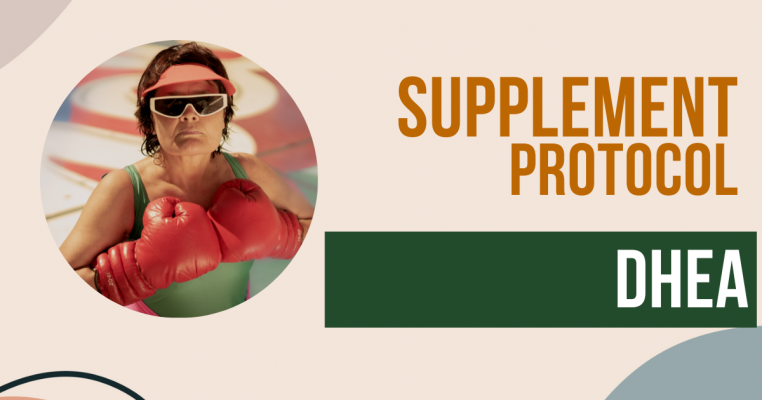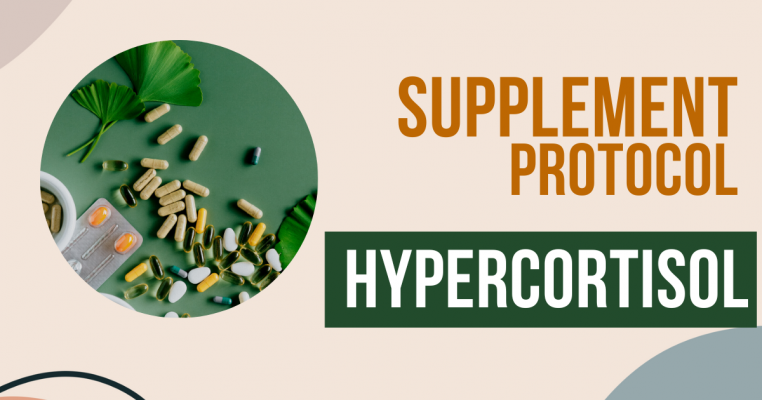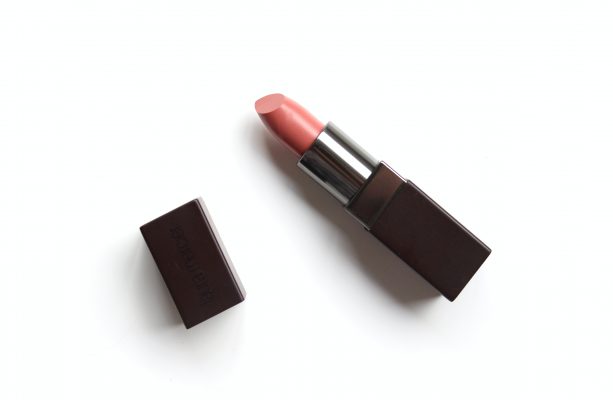Every year in early spring, my son sniffles and sneezes and I find tissues all over the house. From this, I know the flowers will start peeking out of the ground after just a few weeks. He struggled with seasonal allergies until I could find some natural solutions for him. Seasonal allergies are a common concern for many of my clients.
Allergies affects over 50 million people in the United States, and are the fifth-leading cause of chronic disease in all persons, and the third-leading cause of chronic disease in children under the age of 18. Seasonal allergies affect up to 30% of adults and 40% of children worldwide, and the prevalence has increased each year over the past decade. The associated costs of treating allergic rhinitis in the United States are $11 billion, and growing!
In this post, I share 5 Natural Ways to Beat Seasonal Allergies using a Functional Medicine approach.

Symptoms of Seasonal Allergies
Symptoms of seasonal allergies include:
- Headaches
- Constant congestion
- Nasal drip
- Sneezing
Allergies are linked to trouble sleeping, sleep apnea, depression, anxiety, lower productivity at work, and poor athletic and academic performance. (Source)
Over-the-counter antihistamine drugs have a lot of side effects. These include drowsiness, listlessness, dry mouth (which can lead to dental decay), interference with other medications, sleepiness, foggy-brained, and feeling drugged. They also can have other potent (but rarely publicized) side effects such as dizziness, blurred vision, nausea, or making an enlarged prostate or a yeast infection worse.
I encourage my clients to avoid these drugs whenever possible. There are several natural choices that I have seen make major improvements with seasonal allergy symptoms and asthma and ongoing, chronic allergies.
This post focuses on symptom relief from seasonal allergies. If you’d like to learn about a Functional Medicine approach to allergies, visit this post!

Physiology of Allergies
Allergic symptoms occur when our immune system reacts with alarm to the protein in a particular pollen. The body develops antibodies to these “foreign invaders”.
Think of antibodies as your body’s “Most Wanted” criminal list. Exposure to pollen creates antibodies that cause our mast cells to release histamine. Histamine triggers swelling of mucus membranes and the flow of mucus and phlegm.
Despite the discomfort, our immune system really has our best interests at heart! Mucus flushes unwanted substances out of the body and protects delicate tissue. The problem is that our immune systems can get overwhelmed, especially if you:
- are chronically stressed
- consume lots of sugar, sweeteners, and chemicals
- are not well-rested
These three factors can overwhelm the immune system, causing an over-reaction in the presence of additional environmental substances, like pollen.

Natural Solutions for Allergies
The primary function of the immune system is to protect the host from foreign antigens. With allergies, the immune system overreacts to antigens because of loss of immune tolerance, and the ensuing immune responses can lead to tissue injury and disease.
My philosophy is to get to the root cause of immune intolerance using a Functional Medicine approach.
That said, no one wants to feel miserable, so rapid relief from safe supplements to address symptoms can be powerful!
Quercetin
Quercetin is a flavonol (a natural extract) that comes from plant foods like onions, apples, berries, buckwheat, and citrus fruit. Quercetin is a natural antihistamine without the side effects of many medications. Quercetin calms the immune system to reduce or prevent histamine release. Several clients of mine over the years with chronic seasonal allergies or asthma have found great relief – including my son!
Quercetin is also being researched for circulation and cardiovascular health. Quercetin increases blood flow via artery dilation, promoting the release of nitric oxide. This action creates greater tissue oxygenation, nutrient flow, and waste removal. For this reason, it may also improve symptoms of fatigue and malaise because of poor circulation or in those with anemia or mild hypertension. Be cautious using quercetin, however, for those already taking blood thinners (e.g. Coumadin, Plavix, or daily aspirin).
In a supplement, quercetin is often combined with bromelain. Bromelain is an extract from pineapples that is a potent anti-inflammatory that also calms the immune system and increases the effectiveness of quercetin.
For seasonal allergies, I recommend clients use quercetin right away to build up levels in their body and continue throughout the full allergy season. Consider starting with 1000 mg, taken twice daily on an empty stomach. Allergic reactions to quercetin are virtually unheard of; I believe this is a safe supplement to explore.
Quercetin has also been frequently studied in recent years because of its ability to heal intestinal permeability. This is especially helpful for those individuals prone to allergies and sensitivities, in part because of the ongoing immune insults that having a leaky gut allows. This makes Quercetin a perfect two-solutions-in-one remedy!
Stinging Nettle Leaf
Stinging nettle leaf (very important: leaf, not root) is an effective ‘antihistamine’ action because it makes histamine receptors less sensitive. Because of this mode of action, I use stinging nettle as a synergistic, additive pairing with an antihistamine like quercetin (vs. an agent on its own). This can be a powerful combination for those individuals with more entrenched seasonal allergies when there isn’t sufficient relief via Quercetin alone.
Butterbur
Another excellent choice is the herb Butterbur (Petasites hybridus). Butterbur can be just as effective as the over-the-counter drug Zyrtec at treating seasonal allergy symptoms. Unlike Quercetin, Butterbur is helpful because it is an anti-spasmodic remedy.
Phytochemicals (plant molecules) in Butterbur relax swollen nasal membranes and ease muscle spasms in the respiratory system. When our immune system reacts to a perceived “foreign invader” (like an allergen), our cells produce inflammatory signaling molecules called leukotrienes (which usually happens in concert with the production of histamine, as mentioned above).
Leukotrienes trigger spasms in the trachea, and these spasms help us cough and expel undesirable substances. Overproduction of leukotrienes, however, causes major inflammation in the respiratory system in the case of asthma and allergy. Butterbur interferes with the production of leukotrienes. Short-term use (3 to 4 months) is generally regarded as safe.
A typical therapeutic dose of Butterbur extract is about 200mg/day (divided into an AM and PM dose for greater absorption). Mild headache or stomachache may be side effects of Butterbur and can be best avoided by taking it on a full stomach.
Dietary Changes
Dairy foods are mucus producing in many people. You might try a full trial elimination of all dairy foods (e.g. milk, cream, cheese) to see how it affects you, at least until the worst of the allergy season has passed. I encourage a full four to six week’s trial of dairy elimination.
Foods high in histamines can also produce symptoms like seasonal allergies. These include leftovers (especially those over 24 hours old), alcohol, aged cheeses, canned/pickled and fermented foods, smoked foods, vinegar, processed foods, and yogurt. These foods can be problematic for individuals who have trouble breaking down histamine.
Essential Oils
There are several essential oils that have antihistamine qualities. These essential oils are a natural and safe symptom relief tool. Essential oils that help with allergy symptoms include lavender, tea tree oil, lemon, eucalyptus, peppermint, thyme, frankincense, rosemary, sandalwood, and roman chamomile. These essential oils help resolve allergy symptoms in the following ways:
- Control inflammation
- Decrease your body’s release of histamine
- Calm the nervous system
- Break up mucus
- Decrease mucus production
- Provide anti-inflammatory benefits
- Provide broad anti-microbial properties (bacteria, viruses, fungus, mold)
- Improve airflow by stimulating receptors in the nose
- Provide pain relief
- Offer anti-spasmodic properties (making it easier to breathe)
- Contain natural chemical constituents like alpha-pinene which help open constricted airways
There are many ways to use essential oils safely. Diffusing aromatically is the most effective method for allergies. Topical application includes swiping lavender essential oil diluted with a carrier oil across the sinuses, under the nose, down the front of the neck, chest, and behind the ears. Adding essential oils to the saline solution in a neti pot may also help.
Our immune system lives in our gut and there are certain enzymes which have studied for their ability to promote digestion and break down food proteins. I have personally found it very helpful for seasonal allergy attacks (sneezing, itchy eyes, wheezing) as preventative support.
Safe and appropriate use of essential oils is important. Please contact me for my recommendation for essential oils.

Lifestyle Recommendations
- Use a good air purifier to cleanse the air of allergens in the home and office; when cleaning use a vacuum with a Hepa filtration system.
- Flush nasal passages with a neti pot — Silvercillin™ Liquid is an effective nasal wash.
- Detox the body to rid internal circulating allergens that keep triggering histamine release:
- 14 or 21 Day monitored detoxification program
- At the end of the day, shower again and either change clothes or thoroughly wash clothes that may have collected pollens and other allergens throughout the day.
- Delegate outdoor jobs like lawn work or animal care to others or wear a dust mask during outdoor activities.
- Drink plenty of water throughout the day — if desired, add slices of cucumber, lemon, and blueberries.
Dietary Tips and Caveats
- Avoid sugar, dairy and wheat products.
- Consider taking 1 teaspoon daily of local, authentic raw honey for allergy prevention and histamine reactions (not for children under 1 year of age.)
- Eat foods rich in vitamin C and the bioflavonoid, quercetin, such as berries, tomatoes, peppers, citrus fruit, apples, broccoli, onion and dandelion greens — avoid any if intolerant.
- Eat foods with the anti-inflammatory properties of omega-3 fats such as wild, cold-water fish like salmon anchovies and halibut, walnuts, flaxseed meal and chia seeds.
- Use the spice, turmeric, to flavor foods like soups, vegetables and fish.
An Individual Approach
These are just a few solutions that provide safe, rapid relief for my clients. The most sustainable, long-term approach to allergies is to focus on healing the immune system, and that is best done individually.
The Wellness Journal







